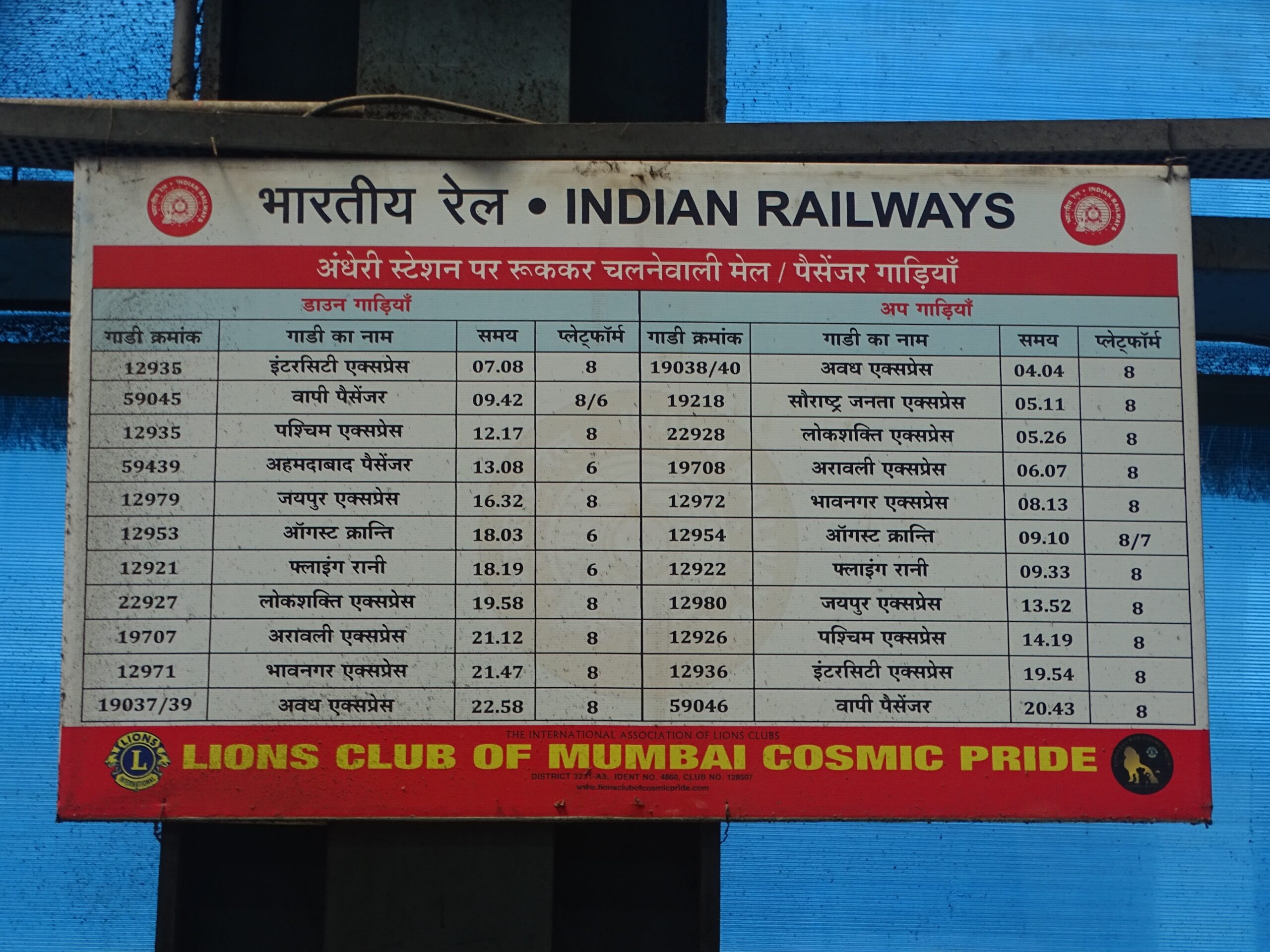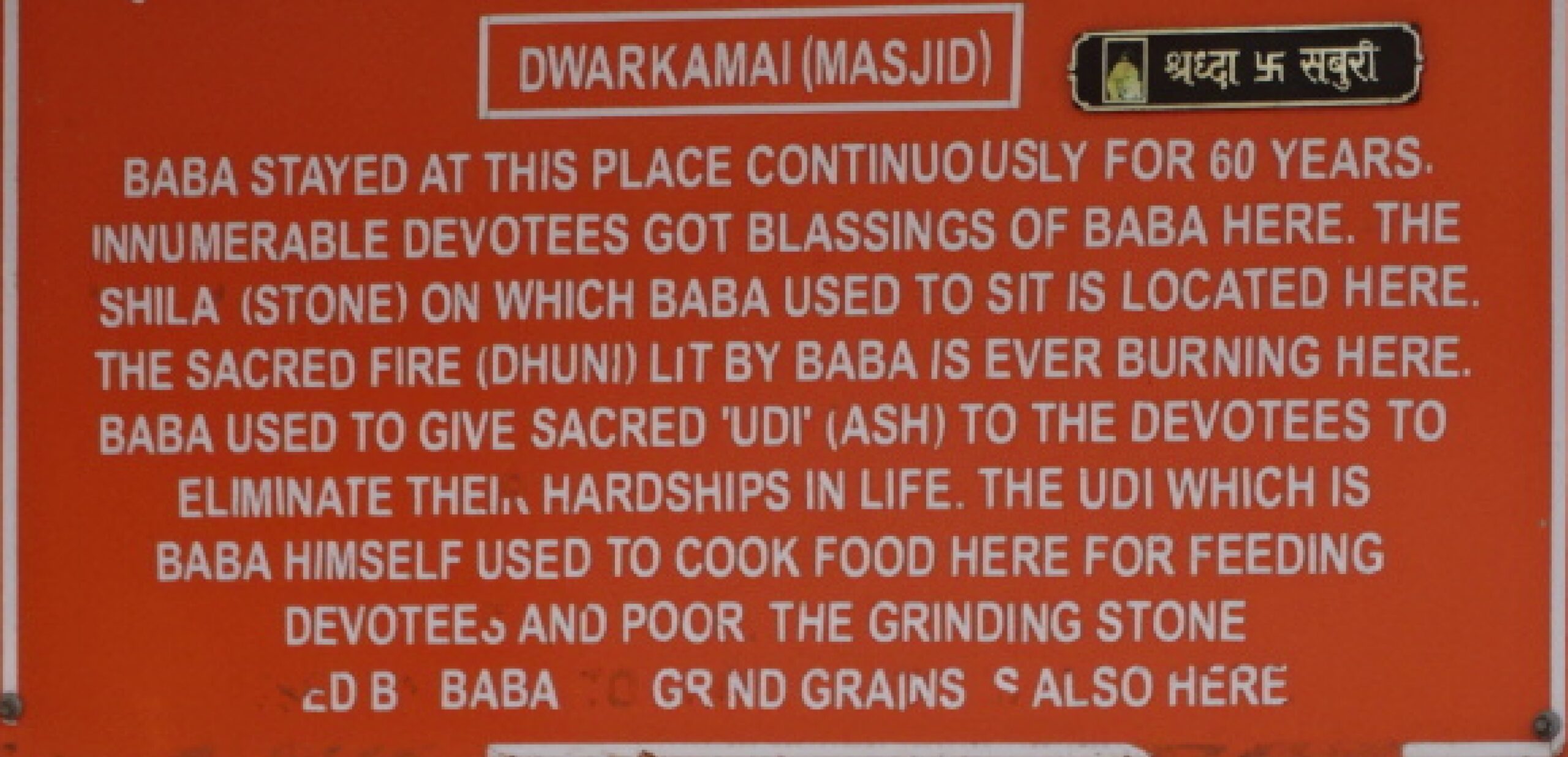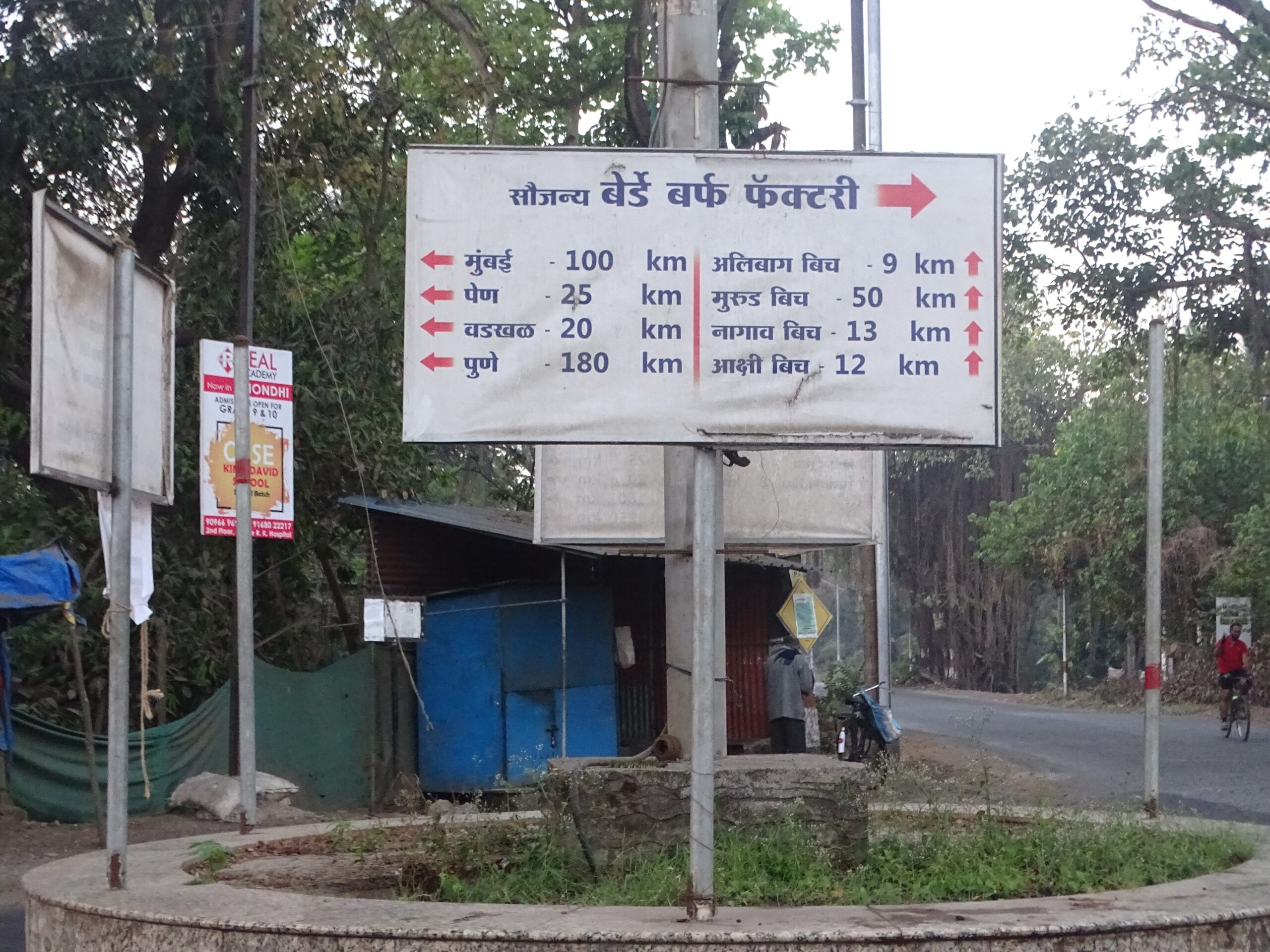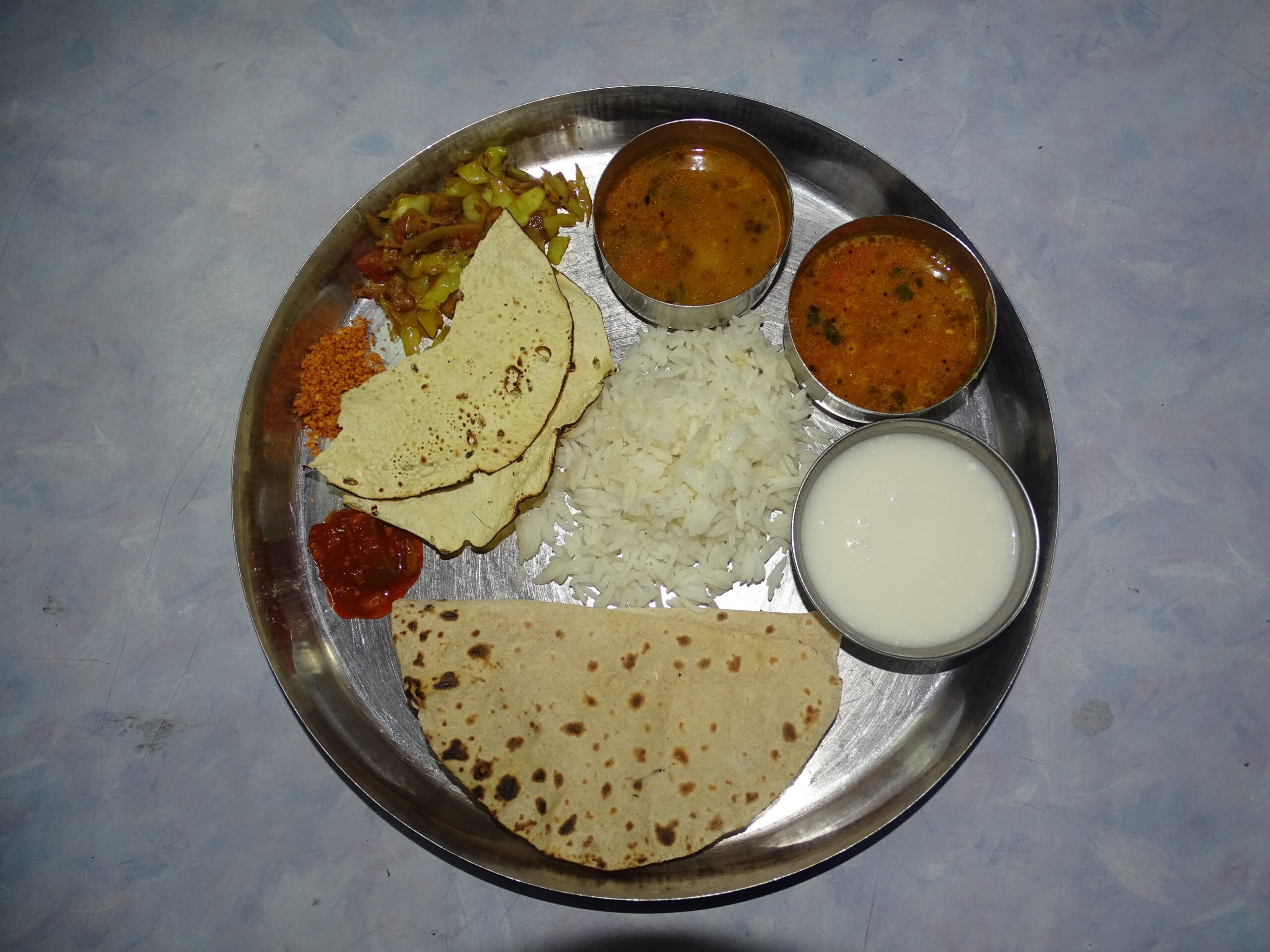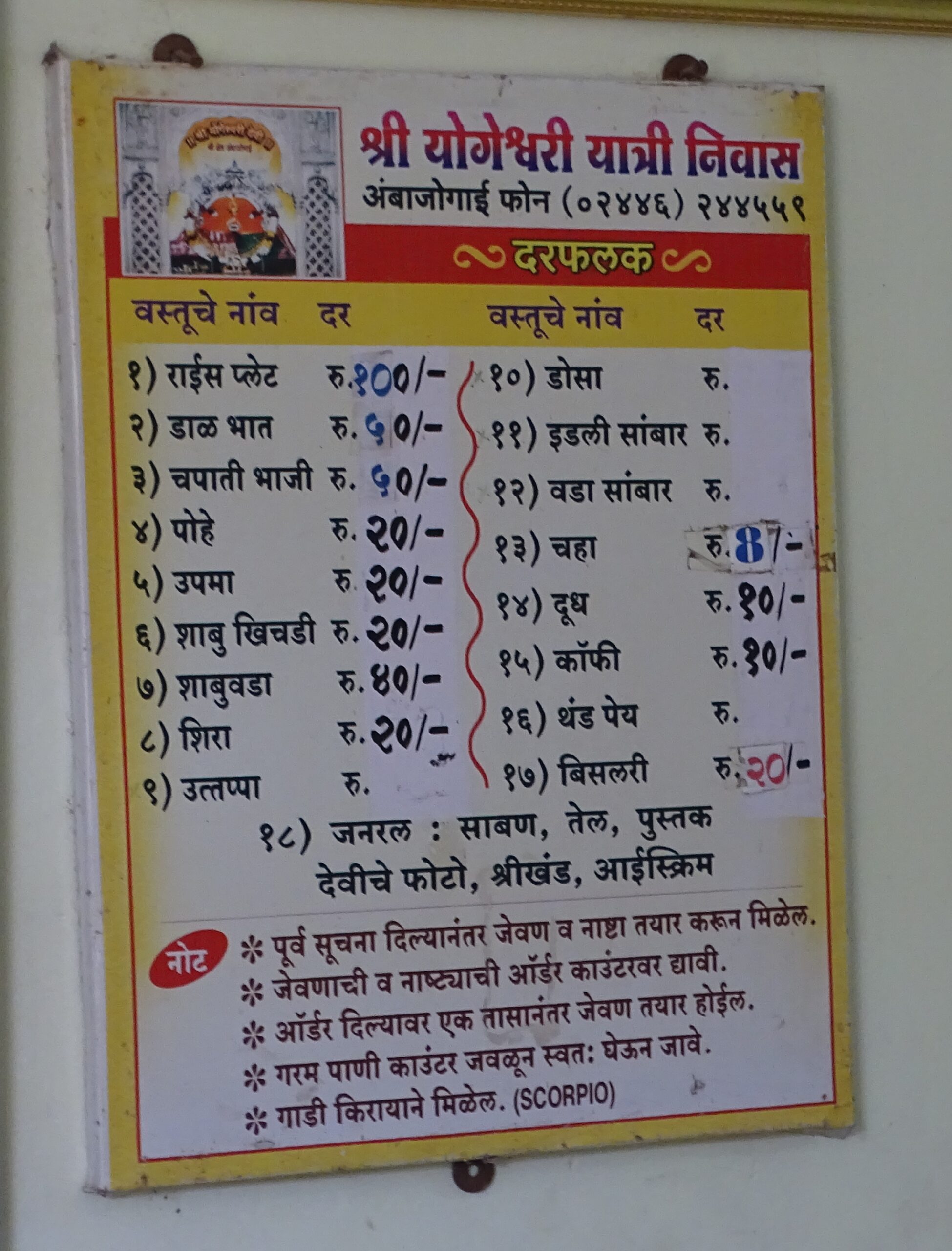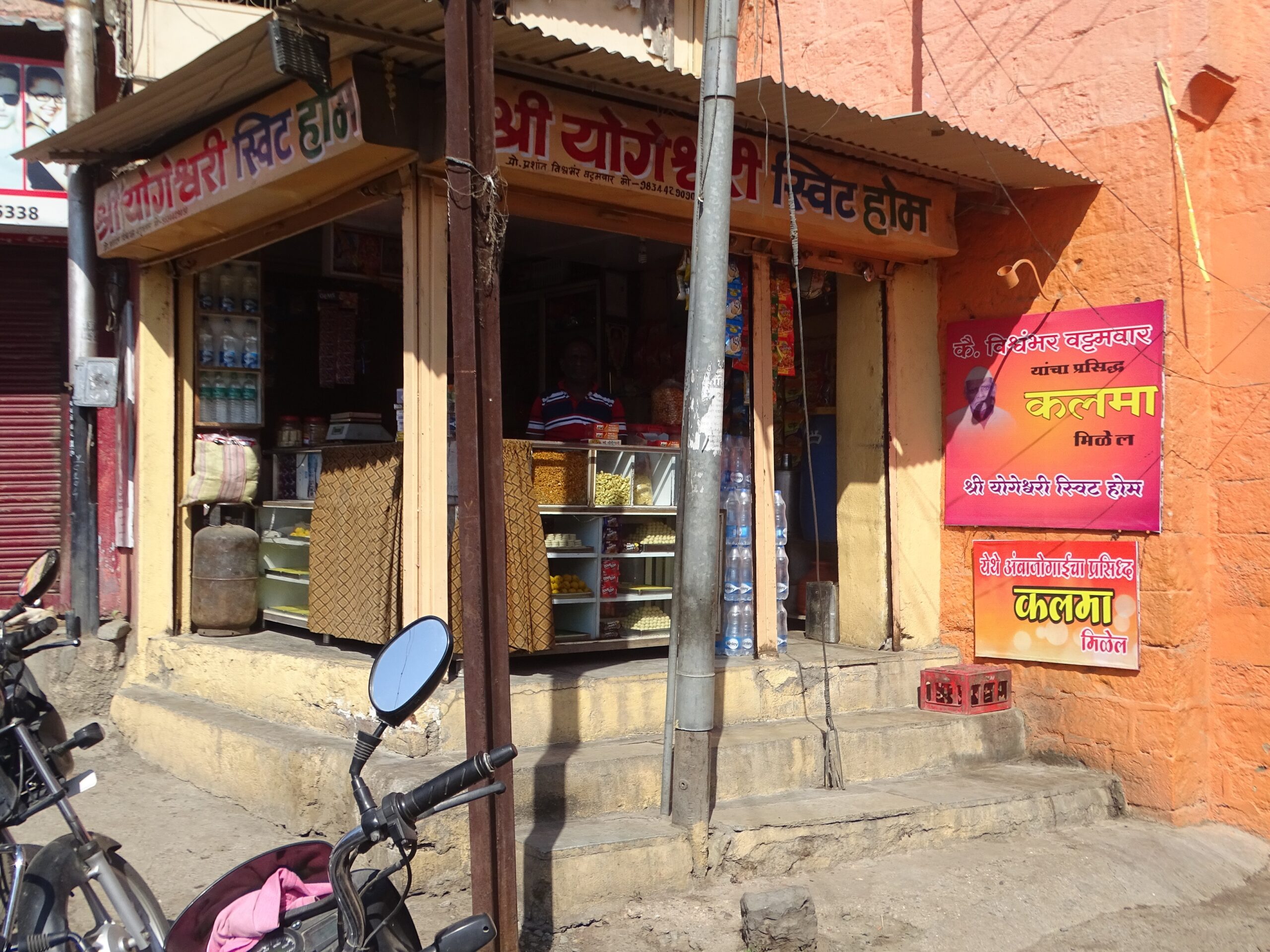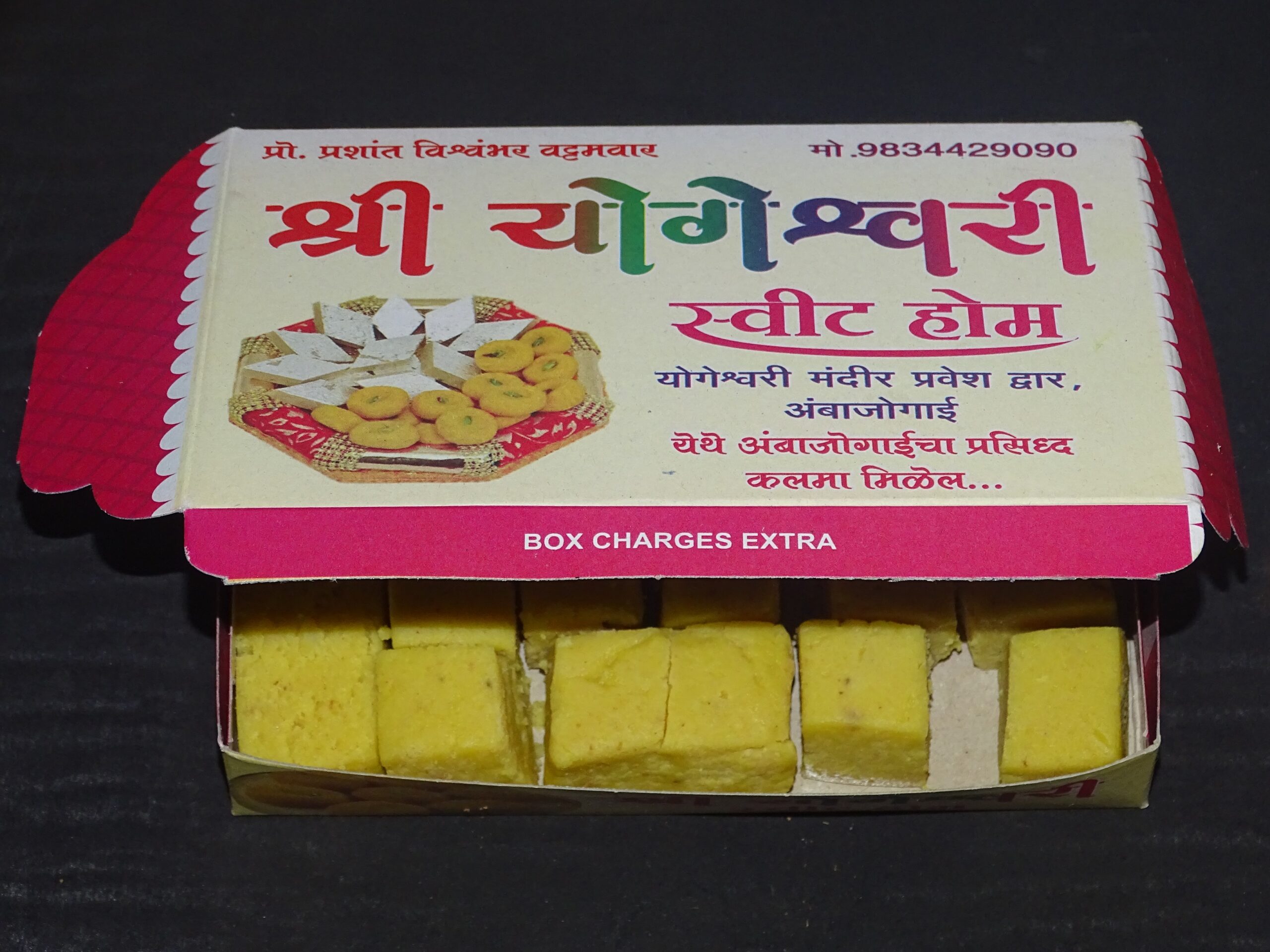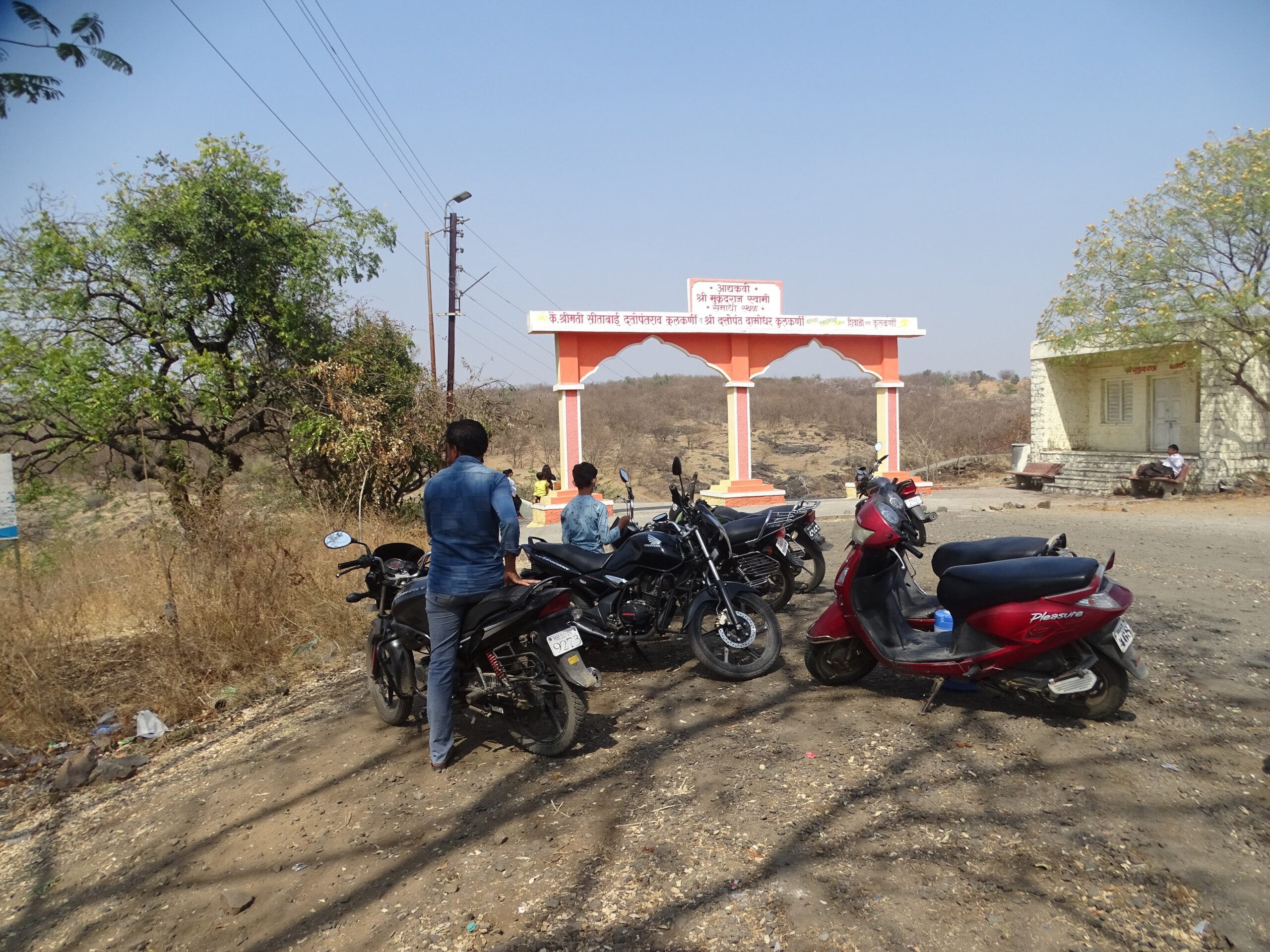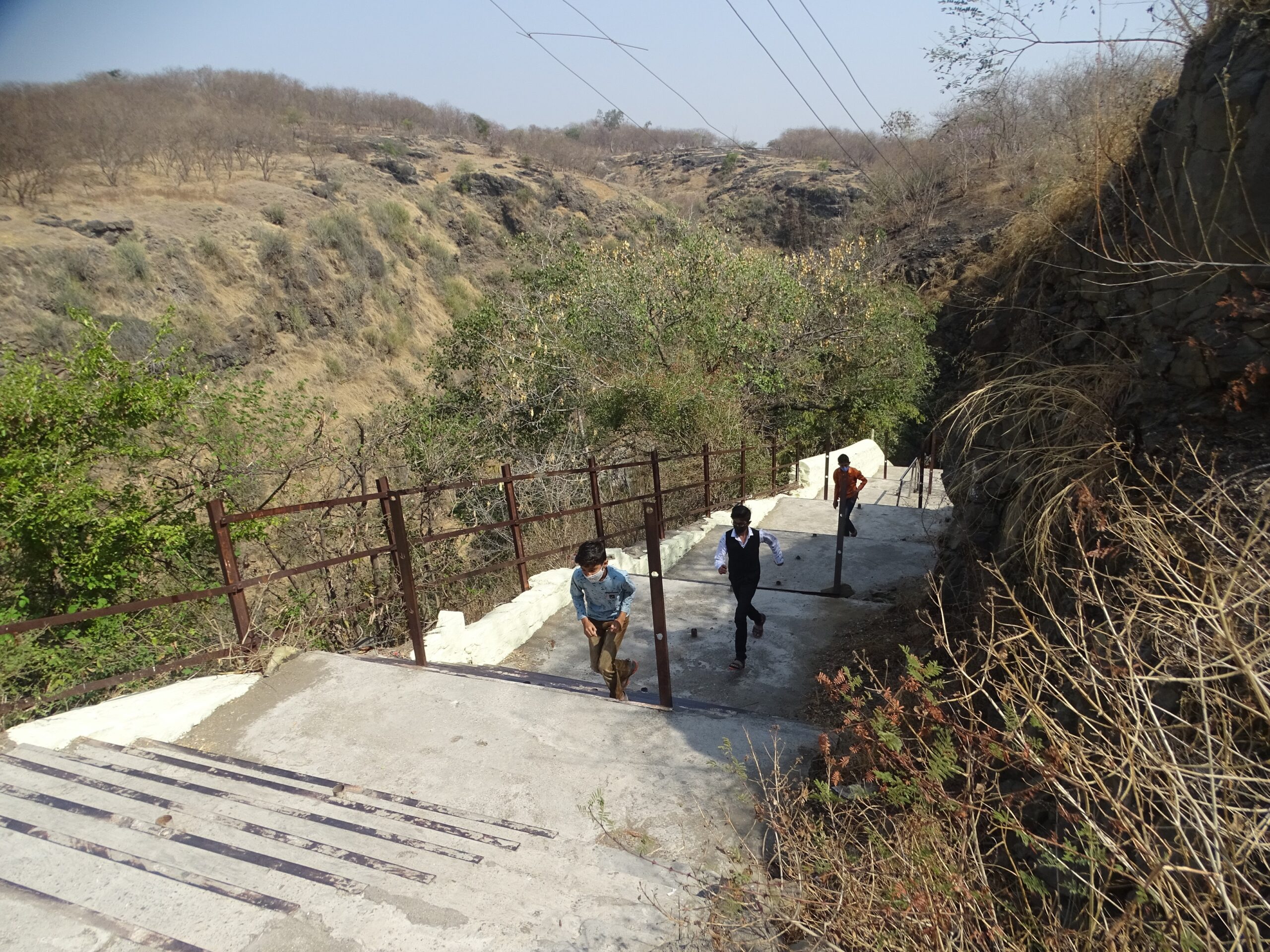
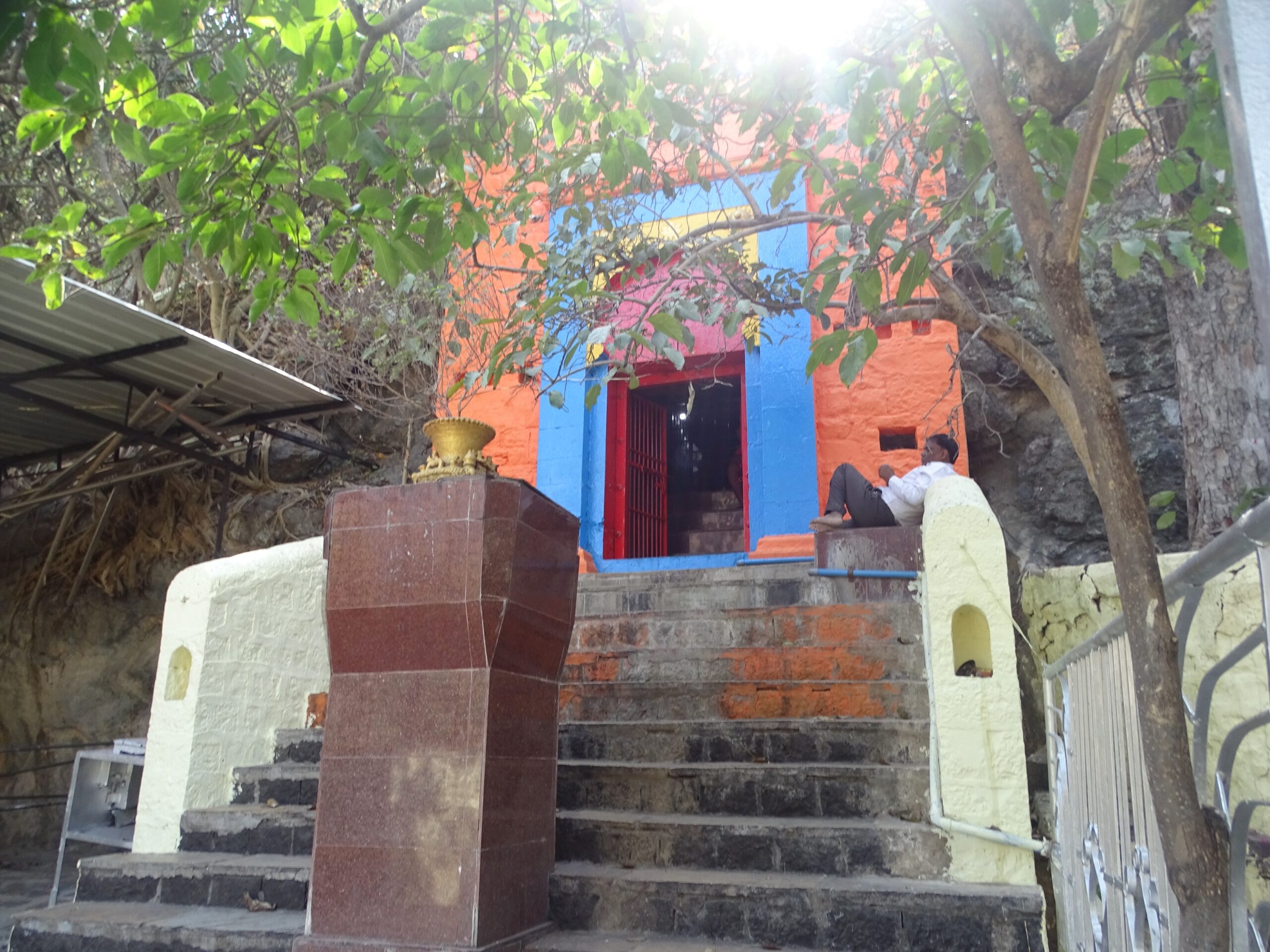
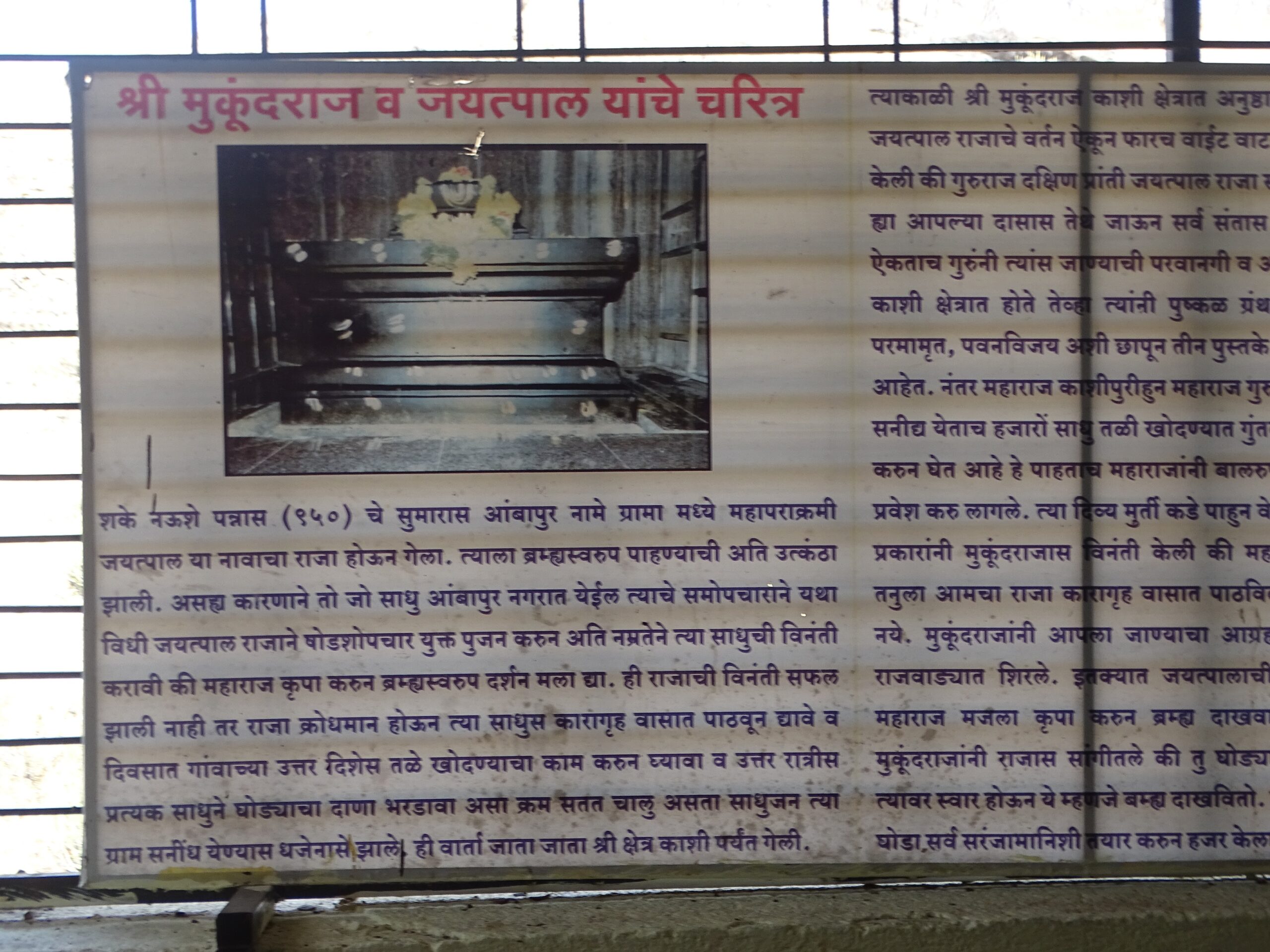
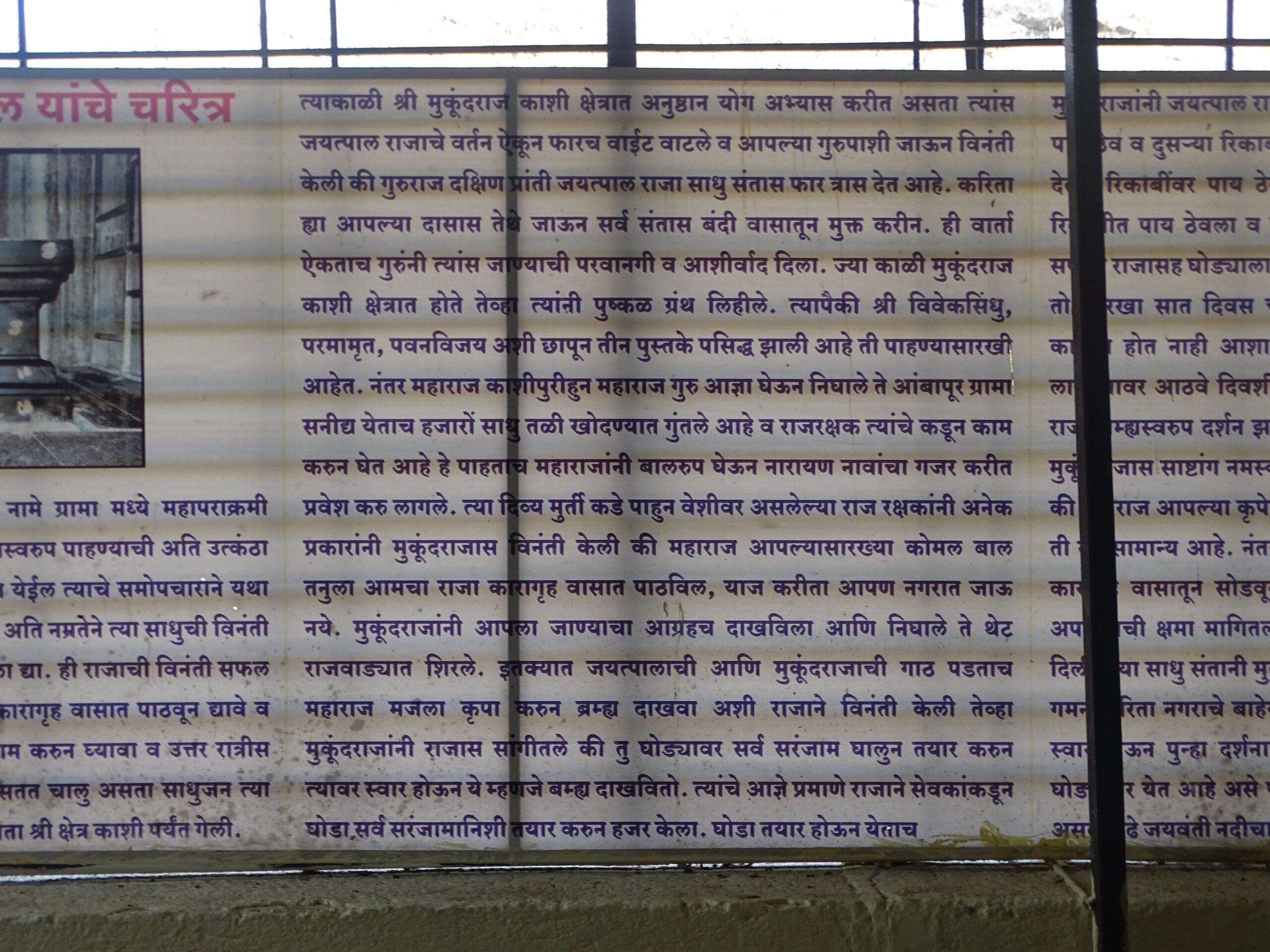
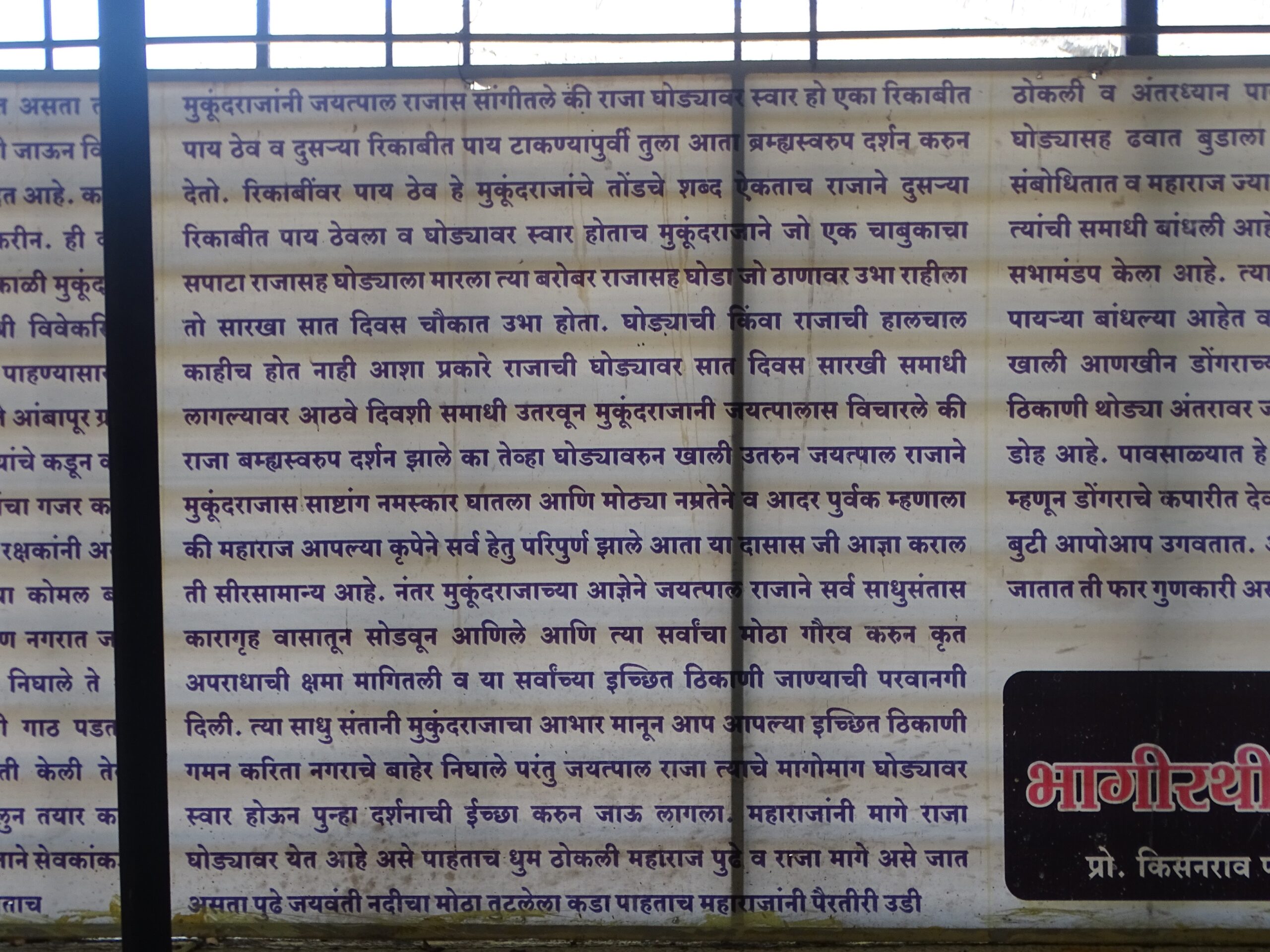
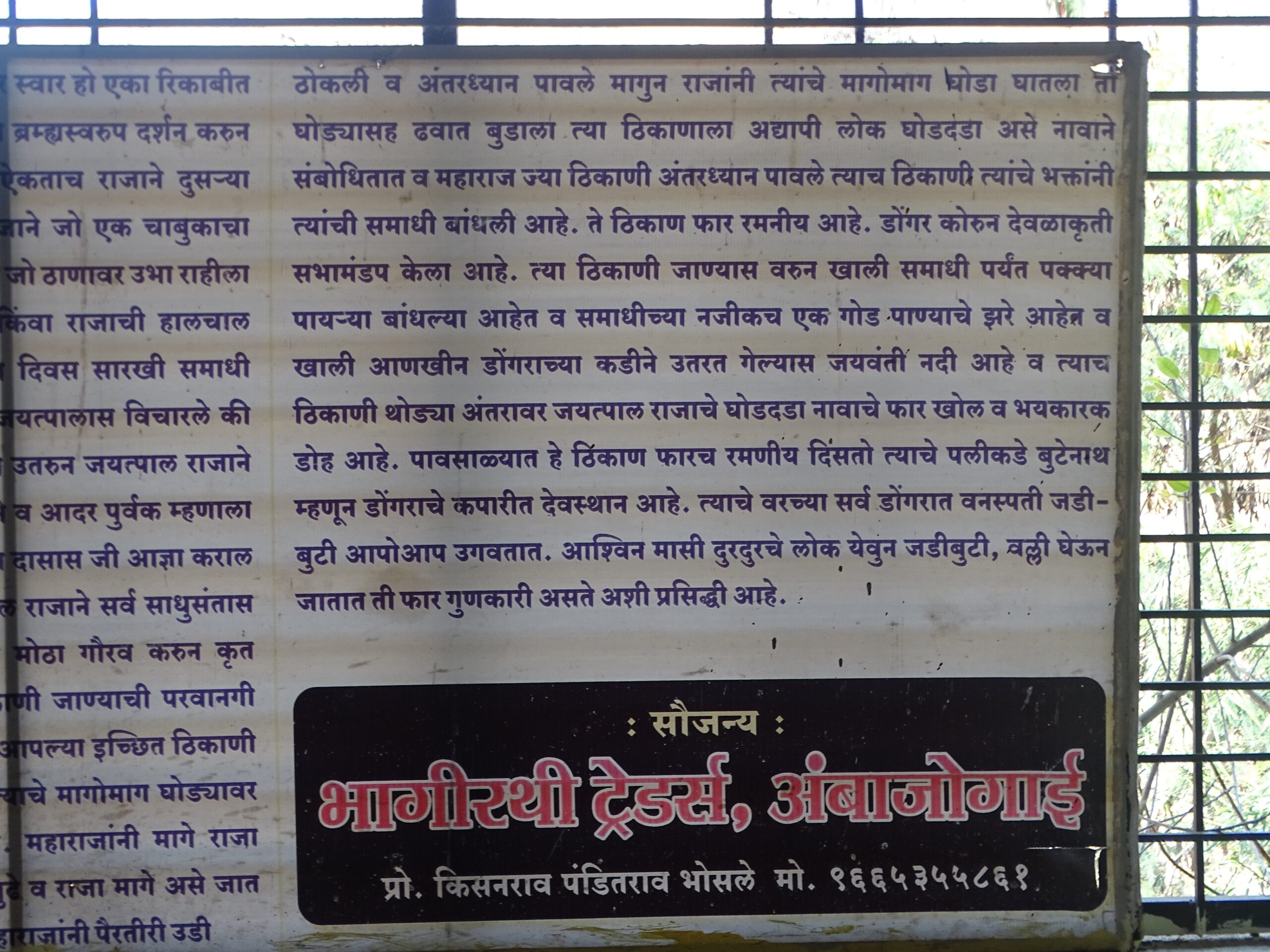
True Life Story of Shri Mukundraj and Jayatpal
This is the story of mighty king Jayatpal who ruled Ambapur around the year 950. He had the desire to see Bramhaswaroop, the supreme form of God. He would welcome every sadhu coming to Ambapur nagari and show due respect with their puja. After this, he would request the sadhus to show him Bramhaswaroop. When the sadhus could not do it, the king would become furious. He would imprison them and put them under extreme hardship. He would make them dig a pond (on the north side of Ambapur) during the day and grind grains for horses during the night. Due to this the sadhus were scared and avoided coming to Ambapur. The news spread as far as the holy place of Kashi. Shri Mukundraj was studying yog and various rituals in Kashi. He had written many spiritual books such as Shri Viveksindhu, Parmamrit, Pavanvijay during this period. He requested his Guru (teacher) to give him permission to go to Ambapur and help the sadhus. Shri Mukundraj reached Ambapur and saw the sadhus digging the pond. He took the form of a small boy and started chanting the name of Narayan. The guards were enchanted by his form and advised him not to enter Ambapur. They feared that the king would treat him like the other sadhus. Shri Mukundraj ignored them and went straight to meet the king. As usual, the king welcomed him and asked him to show Bramhaswaroop. Shri Mukundraj asked the king to mount his horse. He asked the king to step into the saddle and said that before he puts his feet into the second saddle, he will be able to see the Supreme form of God. As the king mounted the horse, Shri Mukundraj whipped the king and the horse. The king, along with his horse, froze and stood still for 7 days. On the eighth day, Shri Mukundraj broke the spell and the king was back to normal. He asked the king if he was able to see Bramhaswaroop. The king fell to his feet and said that all his desires were fulfilled. He regretted his wrong deeds and as advised by Shri Mukundraj, released all the sadhus. Shri Mukundraj also started back to Kashi, but the king followed him wherever he went. Shri Mukundraj hurried and at the banks of Jayawanti river, he took a leap over the ravine and disappeared. The king followed, but he fell into the river along with his horse and was drowned. This place is now called ‘Ghod-danda’. The followers of Shri Mukundraj, made his Samadhi at the place where he disappeared. This is a very beautiful place. The hill is carved to create the temple. There are stairs from the top of the hill, going down to the Samadhi. Near the Samadhi there is a natural spring. When we go further down, we reach the Jayawanti river. One can also see the Ghod-danda pool. It is very deep. This place is very beautiful during the rains. On the opposite side, in the hills, is a holy place called Butenath. Here many medicinal herbs grow naturally. During the Hindu month of Ashwin, people visit this place to collect the medicinal herbs. These herbs are very effective and popular among people.
(Marathi to English language translation by Rahul Patil – a friend from Pune, Maharashtra)
The question: How to reach Adyakavi Shri Mukundraj Swami Samadhi Sthal, Ambajogai, Maharashtra?
I, from Yogeshwari Yatri Niwas (approx. 1 km from Ambajogai Bus Depot) reach Adyakavi Shri Mukundraj Swami Samadhi Sthal as a pillion rider via Pravin’s motorbike – a farmer from Ambajogai but was told by a local person present at the samadhi sthal that State Transport bus from Ambajogai Bus Depot is available for Adyakavi Shri Mukundraj Swami Samadhi Sthal or one can hire an entire auto to reach.
Adyakavi Shri Mukundraj Swami Samadhi Sthal is at a distance of 5 km to the northwest of Shri Yogeshwari Devi temple.
Walking to and fro is also a good option because the landscape is interesting to watch.
Adyakavi Shri Mukundraj Swami Samadhi Sthal Opening time: 6 in the morning and Closing time: 6 in the evening.
Saphala Ekadashi (9th January, 2021) is the day when the fair is organized at the entrance of Adyakavi Shri Mukundraj Swami Samadhi Sthal.
Aadesh was present at Adyakavi Shri Mukundraj Swami Samadhi Sthal. Upon query, he enhanced knowledge.
Like this:
Like Loading...
